The nuances of AI dissected at London's Barbican Centre
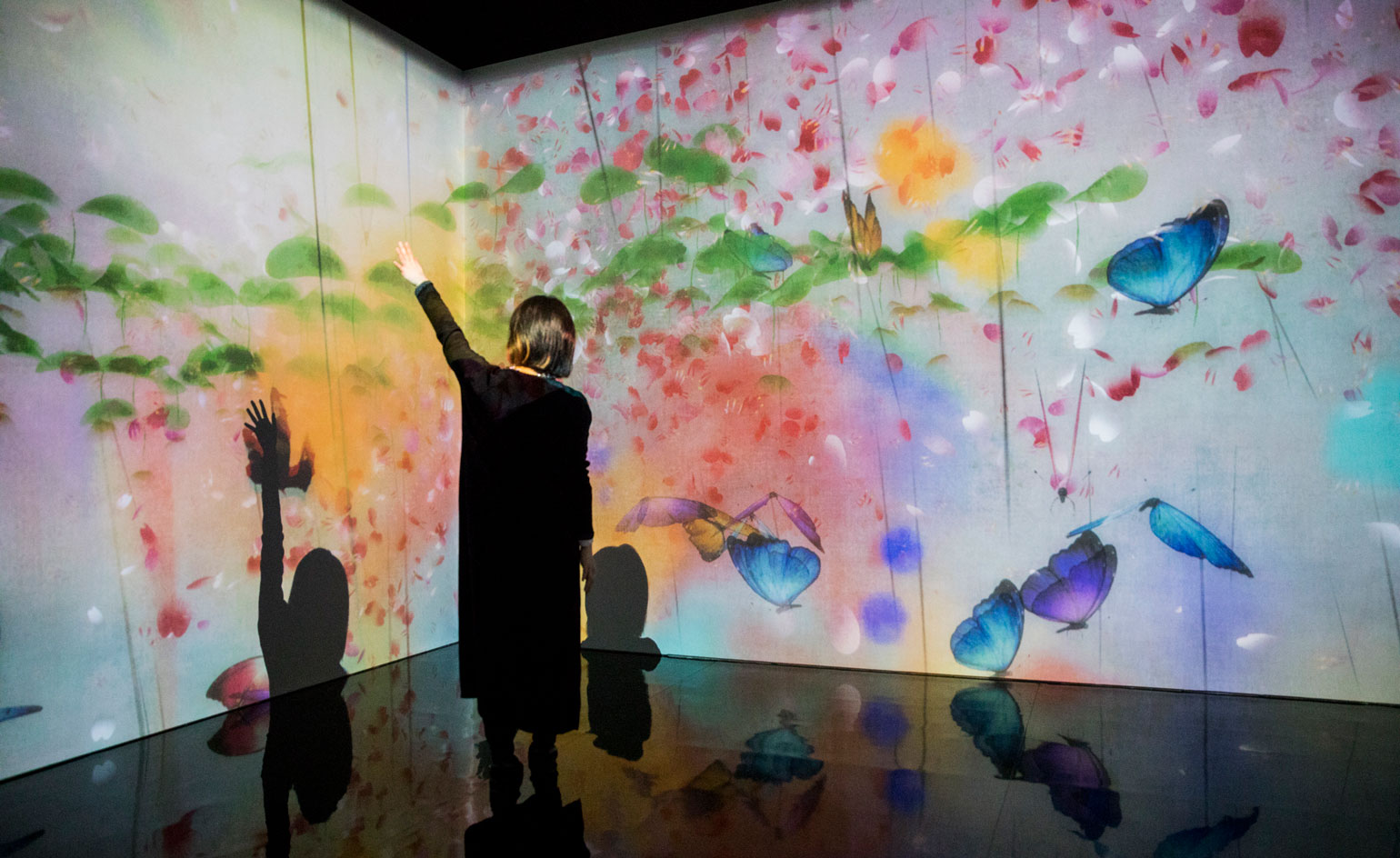
We non-augmented view the possibilities of artificial intelligence with a mix of fear of fascination. And pretty much always have. As ‘More than Human’, the Barbican’s new AI blockbuster exhibition, establishes by way of prologue, fictions of artificial and, more or less, intelligent life have a long history: from Golem through Frankenstein to Rick Deckard and beyond. And these fears and fascinations continue to shape how we engage with AI as it moves from fantasy to pocketable commonplace. Hi Siri. The Japanese, with no native Prometheus/Frankenstein narrative to spook them, have been quick and warm in their embrace of AI as tool and low-maintenance companion. Aibo, Sony’s adorable robo-pup, inevitably makes an appearance here.
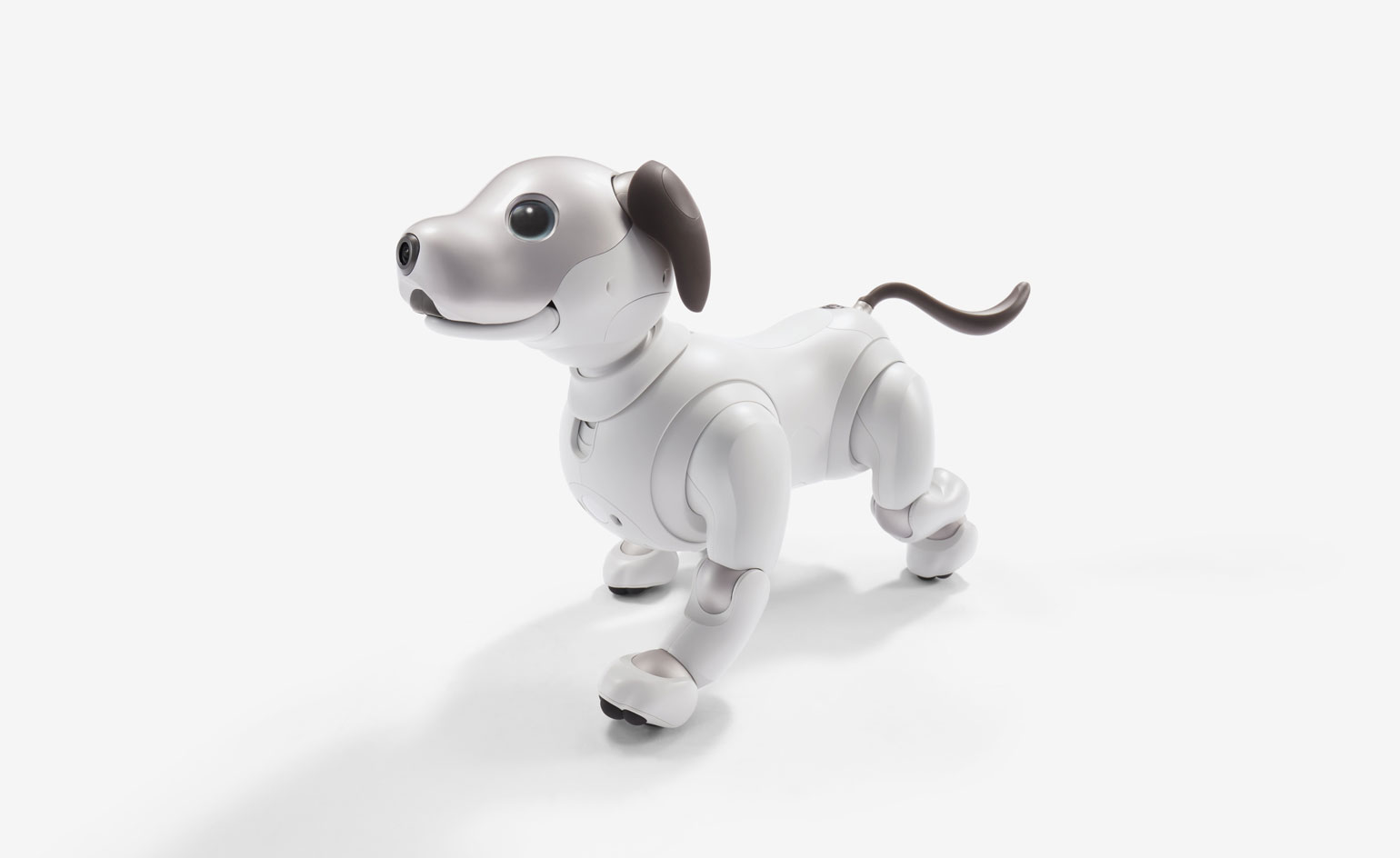
Aibo, by Sony
The exhibition then breezes through analogue AIs, with actual examples of Charles Babbage’s Difference Engine and Alan Turing’s Enigma-busting bombe machine. (Ian McEwan’s new novel, Machines Like Me, imagines the earlier advances AI may have made had Turing not died at 42). And then moves onto contemporary’s AI star turns; IBM’s Watson trouncing the competition on the American game show Jeopardy and – significantly ramping up that fear and fascination with AI – DeepMind’s AlphaGo beating the best human competition at the fiendishly complex strategy game, Go.
All this though is really backstory for a thorough poke around the good and bad of AI’s current performances and potentiality. The exhibition pulls together work from artists, scientists and researchers, including Es Devlin, Neri Oxman, Massive Attack’s Robert del Naja, Alexandra Daisy Ginberg, Stefan Hurtig and Detlef Weitz as well Google Arts and Culture, and MIT’s Computer Science Artificial Intelligence Laboratory and looks at how AI’s advance is transforming everything from food production to journalism, healthcare – particularly diagnosis – transport and shopping.
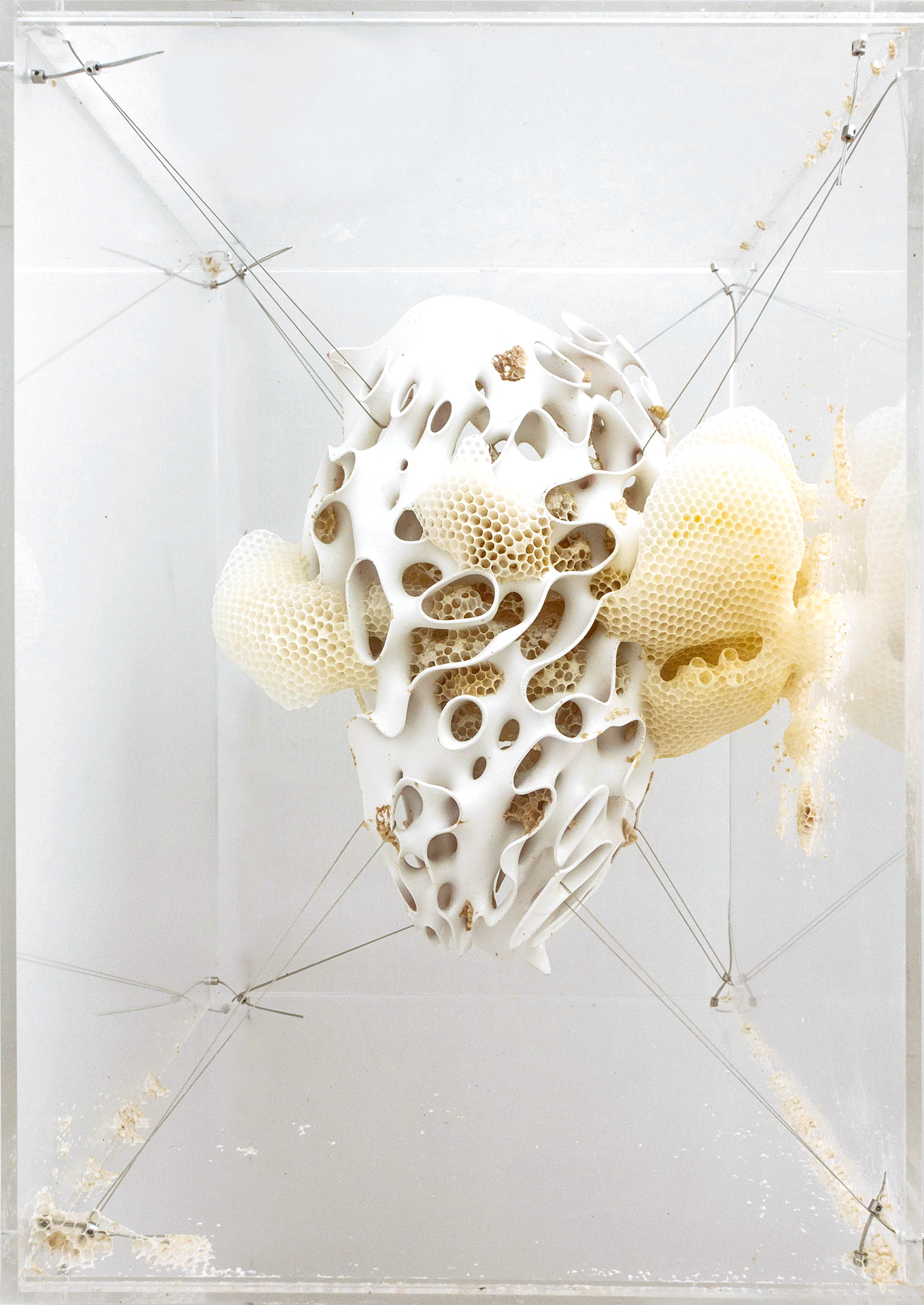
Apiary, by Neri Oxman
While there is interactive fun to be had that thread of fear, fascination and some foreboding runs through the show. Joy Buolamwini, activist, scientist and founder of the Algorithmic Justice League, for example, looks at how gender and racial bias have become encoded, through complacency and a lack of imagination rather than outright malevolence perhaps, in facial analysis software. But the alarm raised in the show is far more sophisticated that simple tech bro backlash and it explores – with working models – the complex relationship between AI and consciousness and creativity. And it’s potential to enhance, amplify or explain both.
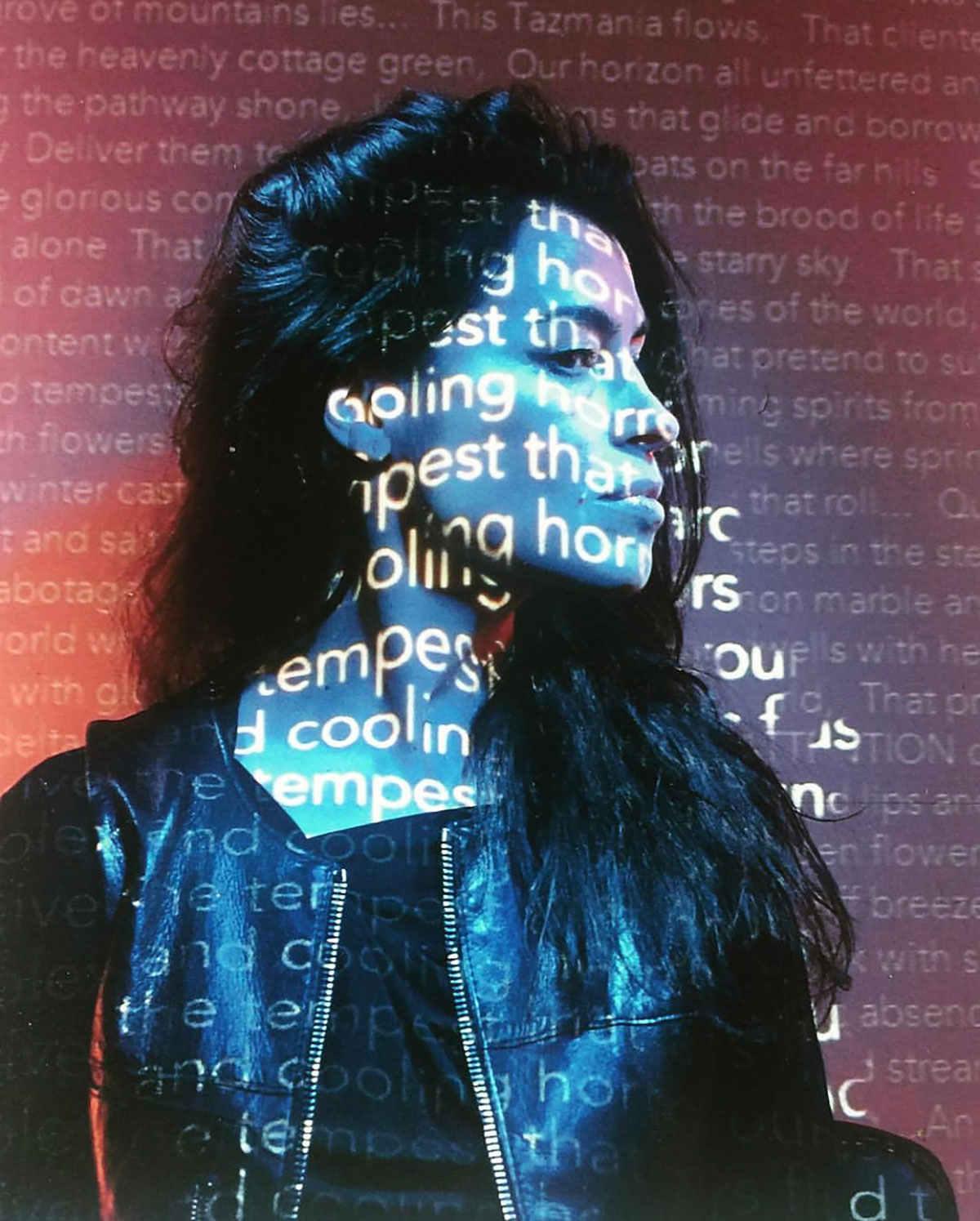
PoemPortraits, by Es Devlin
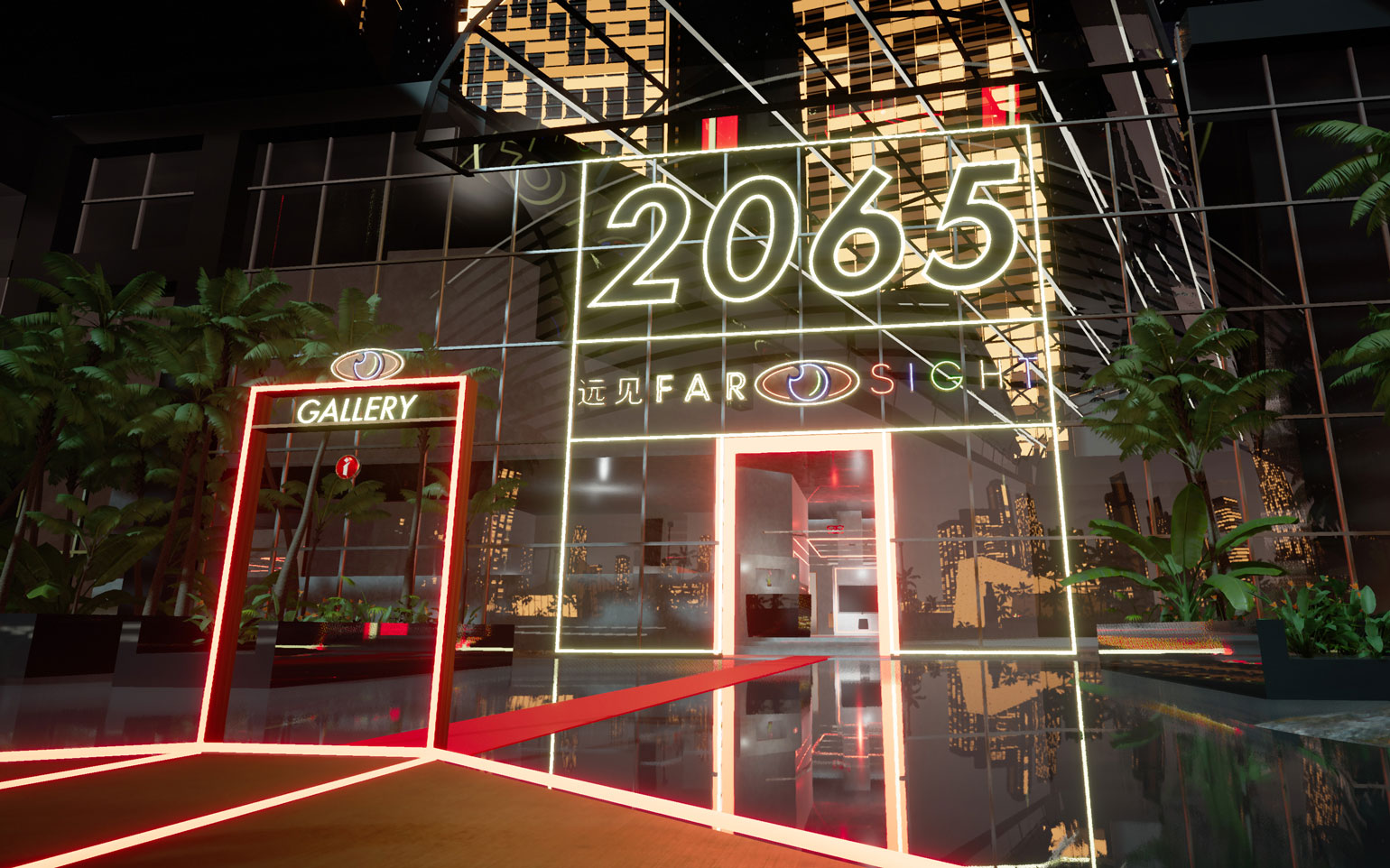
2065 (preview), by Lawrence Lek.
INFORMATION
‘AI: More than Human’ is on view until 26 August. For more information, visit the Barbican Centre website
ADDRESS
Barbican Centre
Silk Street
London, EC2Y 8DS
Wallpaper* Newsletter
Receive our daily digest of inspiration, escapism and design stories from around the world direct to your inbox.
-
 Put these emerging artists on your radar
Put these emerging artists on your radarThis crop of six new talents is poised to shake up the art world. Get to know them now
By Tianna Williams
-
 Dining at Pyrá feels like a Mediterranean kiss on both cheeks
Dining at Pyrá feels like a Mediterranean kiss on both cheeksDesigned by House of Dré, this Lonsdale Road addition dishes up an enticing fusion of Greek and Spanish cooking
By Sofia de la Cruz
-
 Creased, crumpled: S/S 2025 menswear is about clothes that have ‘lived a life’
Creased, crumpled: S/S 2025 menswear is about clothes that have ‘lived a life’The S/S 2025 menswear collections see designers embrace the creased and the crumpled, conjuring a mood of laidback languor that ran through the season – captured here by photographer Steve Harnacke and stylist Nicola Neri for Wallpaper*
By Jack Moss
-
 The art of the textile label: how British mill-made cloth sold itself to Indian buyers
The art of the textile label: how British mill-made cloth sold itself to Indian buyersAn exhibition of Indo-British textile labels at the Museum of Art & Photography (MAP) in Bengaluru is a journey through colonial desire and the design of mass persuasion
By Aastha D
-
 Artist Qualeasha Wood explores the digital glitch to weave stories of the Black female experience
Artist Qualeasha Wood explores the digital glitch to weave stories of the Black female experienceIn ‘Malware’, her new London exhibition at Pippy Houldsworth Gallery, the American artist’s tapestries, tuftings and videos delve into the world of internet malfunction
By Hannah Silver
-
 Ed Atkins confronts death at Tate Britain
Ed Atkins confronts death at Tate BritainIn his new London exhibition, the artist prods at the limits of existence through digital and physical works, including a film starring Toby Jones
By Emily Steer
-
 Tom Wesselmann’s 'Up Close' and the anatomy of desire
Tom Wesselmann’s 'Up Close' and the anatomy of desireIn a new exhibition currently on show at Almine Rech in London, Tom Wesselmann challenges the limits of figurative painting
By Sam Moore
-
 A major Frida Kahlo exhibition is coming to the Tate Modern next year
A major Frida Kahlo exhibition is coming to the Tate Modern next yearTate’s 2026 programme includes 'Frida: The Making of an Icon', which will trace the professional and personal life of countercultural figurehead Frida Kahlo
By Anna Solomon
-
 A portrait of the artist: Sotheby’s puts Grayson Perry in the spotlight
A portrait of the artist: Sotheby’s puts Grayson Perry in the spotlightFor more than a decade, photographer Richard Ansett has made Grayson Perry his muse. Now Sotheby’s is staging a selling exhibition of their work
By Hannah Silver
-
 From counter-culture to Northern Soul, these photos chart an intimate history of working-class Britain
From counter-culture to Northern Soul, these photos chart an intimate history of working-class Britain‘After the End of History: British Working Class Photography 1989 – 2024’ is at Edinburgh gallery Stills
By Tianna Williams
-
 Celia Paul's colony of ghostly apparitions haunts Victoria Miro
Celia Paul's colony of ghostly apparitions haunts Victoria MiroEerie and elegiac new London exhibition ‘Celia Paul: Colony of Ghosts’ is on show at Victoria Miro until 17 April
By Hannah Hutchings-Georgiou